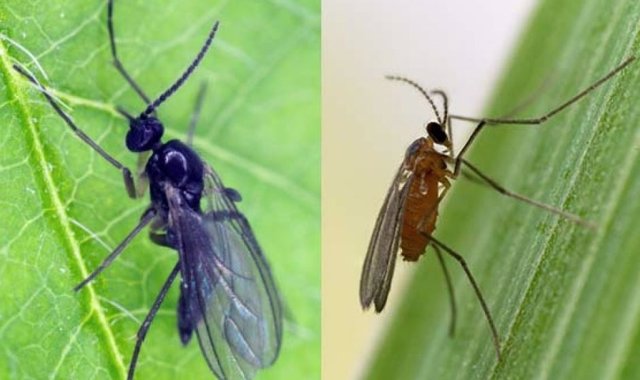The new data is the first to support a difficult-to-test hypothesis for the evolution of sex determination found in some insects. -SF STATE NEWS
July 1 () –
Researchers have provided the first empirical evidence to support a hypothesis about the evolution of haplodiploidy, the rare sex determination system of ants or bees.
The most familiar sex determination system is the XX/XY system, in which females tend to have one pair of X sex chromosomes and males have one X and one Y. In many species (such as humans), one sperm and an ovule, haploid cells that each contain a single copy of genetic material that includes a single sex chromosome; they come together to create a diploid individual with two copies of genetic material.
However, in haplodiploidy, females follow the sperm-ovum system while males arise from only one ovum. This means that males only have half of the genetic information of their female counterparts (all of it from their mother).
“There’s kind of a fundamental puzzle in biology, which is how come there are weird things?” it’s a statement study author Scott Roy, associate professor of biology at San Francisco State University. “Either the weird thing evolved in a single step or it had to have happened in a series of steps, each of which was accepted by evolution.”
The problem is that it’s hard to explain the evolutionary transition from the more familiar sex determination system to haplodiploidy, says Roy. Since haploid males have less genetic material and no paternal genes (reducing genetic diversity), we would expect them to have a lower chance of survival. Then, how have species maintained haploid males?
The key could lie in intragenomic conflicts (that is, conflicts between different genes within an individual) that destabilize genetic systems and promote the origin of new systems (such as haplodiploidy). According to this hypothesis, genes linked to the father’s X chromosome could be biasing sperm production to produce more X-containing sperm, leading to more daughters (XX) than sons. If so, this could boost the production of haploid males to rebalance the ratio of males to females. The researchers suspect that this would happen in the presence of a larger X chromosome.
“The idea that conflict between genes in a single organism might be driving evolution has been around for a while. But to date there is very little or no empirical evidence in this regard.Roy said.

That’s because it’s a difficult hypothesis to test in known species and distinguish it from other possible explanations, he adds. But that did not stop him or his collaborators.
They sequenced the entire genome of dark-winged fungus gnats, gall gnats, and springtails to solve some of their experimental challenges. These species are essentially haplodiploid. but they would allow researchers to separate the conflict hypothesis from other proposed hypotheses.
Analysis revealed that these species have very large X chromosomes compared to related diploid species. Their large X chromosomes occupied between 16% and 66% of the genome of a species.
“Normally 1 to 5% of the genome is about the X chromosome, but in these systems it’s almost half the genome. That’s a very big and clear difference,” said first author Noelle Anderson, a Ph. of Calif., Merced.
What’s exciting is how clear the data is, explains Roy. “We’re talking over tens of millions of years of evolution here, maybe hundreds. And to see this clearly, a pattern in bioinformatics data is almost unheard of,” he added.
This evidence supports the idea that intragenomic conflicts could drive the evolution of new biological systems, says Roy.













Add Comment